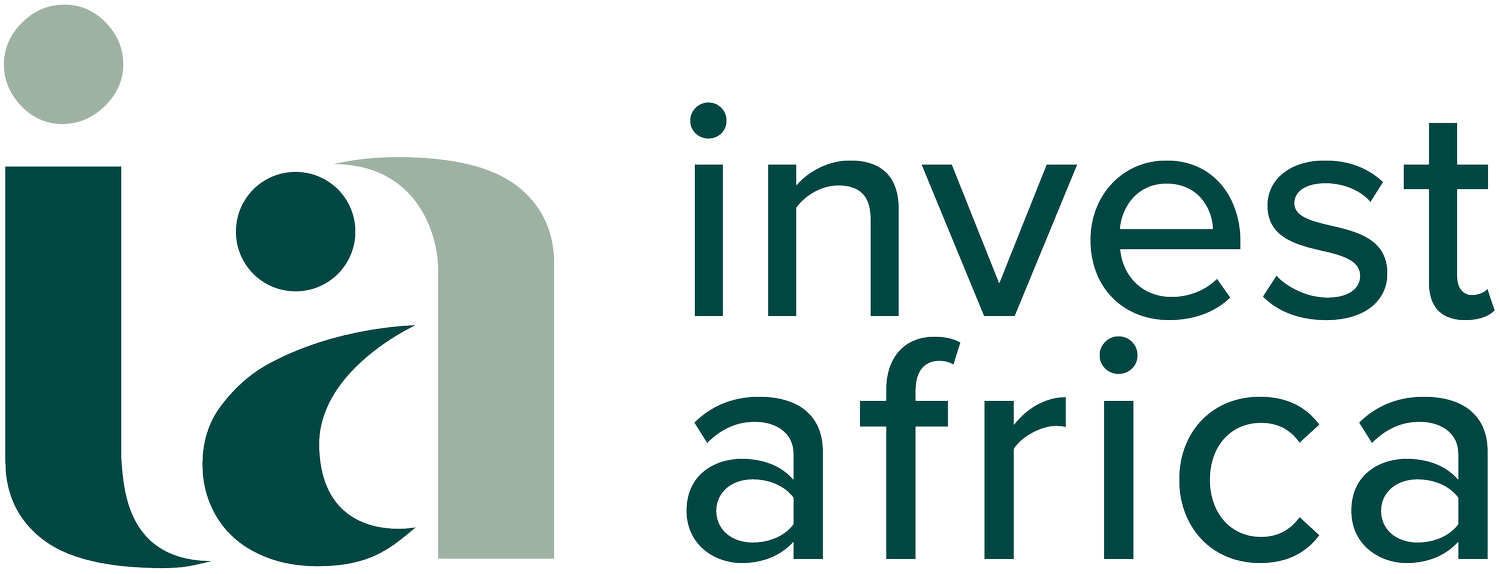Thirdway Partners: Rethinking Energy in African Agri-Food Systems
KONE EBURAJOLO - JANUARY 17, 2024
Article written by the Sustainable Consumption and Food Production team at ThirdWay Partners.
The far-reaching effects of the global energy crisis on food systems in Africa underscore the critical necessity for cleaner and more affordable energy sources. This necessity stems from the interconnected nature of energy availability and agricultural productivity, where reliable and sustainable energy plays a pivotal role in reducing poverty and water stress and increasing food production.
Considering that Africa has 60% of the world's optimal sunlight exposure, this presents a tremendous opportunity to harness solar photovoltaics (PVs) for various purposes across the agriculture value chains, in order to revolutionize the food systems on the continent.
Over the last years, practices such as solar irrigation have been gaining traction specifically on the upper end of the agriculture value chain as it offers improved water access, enabling multiple cropping cycles in areas that had previously relied on unpredictable rainfall patterns influenced by climate change.
Relatedly, a recent analysis of six value chains in Ethiopia found that access to modern energy, specifically for irrigating horticulture had the potential to generate revenue streams worth US$ 1.2 billion by 2025.
Still within the first stages of the agriculture value chain, integrated food-energy systems have been increasingly recognised due to the existing potential for mixed, multi-purpose land use. In Mali and Gambia, an agrivoltaic program, spanning multiple years, has been launched to assess the techno-economic feasibility of integrated food-energy-water systems. The program includes four demonstration projects, aiming to uncover challenges and opportunities associated with agri PV systems, while seeking a deeper understanding of potential synergies.
Despite these promising solar-based renewable solutions, barriers to adoption persist, with the most persistent one being the high upfront capital cost associated with the acquisition of the solutions presented above.
In Rwanda, for instance, the most optimal solution for the acquisition of solar irrigation pumps, which covers the plots of four farmers, comes with a price tag of approximately US$ 2,000. This stands in contrast to the annual earnings of a typical smallholder farmer with a plot of 0.5-hectares2, which range between US$ 600 and 750.
Additionally, these same smallholder farmers are known to face various hurdles when attempting to access finance through the formal financial sector. A recent due diligence conducted by ThirdWay Partners of the Zambian agriculture sector revealed that approximately 49% of local farmers are financially excluded and obtain financing mainly from informal sources and out-grower schemes. When looking at female smallholder farmers in particular, the percentage is even higher sitting at 53%. Considering that women play an important role in primary production, especially in the horticulture and dairy value chains where they constitute the majority of producers, their financial exclusion poses a significant challenge to their ability to adopt solar-based renewable solutions and grow their businesses.
Furthermore, most of the loan products on the market do not align with the needs of the majority of women SMEs in the agriculture sector due to short-term tenors, high interest rates, collateral requirements, etc. It is therefore needed to offer financial institutions and solar equipment companies a combination of technical assistance and incentives to create financial and PAYGO products specifically tailored to this demographic. This can be done through demonstration projects in various regions, facilitated by government agencies, covering different agricultural value chains and stakeholder models to fill knowledge gaps and encourage widespread deployment.
Regarding the financial incentives and tools that can be offered to smallholder farmers, these can be a combination of grants and concessional loans to meet the initial capital cost requirements associated with the acquisition of solar equipment. A Kenyan company specializing in solar-powered irrigation systems has recently received funding to advance solar irrigation in Africa and enhance agricultural innovation amid the food crisis. The funds, coming from a financial intermediary established for investing in renewable energies based on artificial intelligence, already serve as a stepping stone towards catalysing adoption and reducing the financial burden on the farmer community.
Increasing awareness of the advantages associated with technology adoption has also been leading to market-driven solutions facilitating farmers' access to these innovations. In East Africa, farmers now have the option of pay-as-you-go plans for solar irrigation systems, while Kenya is implementing "pay-as-you-grow" models tailored to farmers' income cycles, enhancing accessibility and affordability. Similarly, in Zambia, solar/irrigation equipment companies are offering various PAYGO and leasing options.
In conclusion, while strides have been made to allow the farmer community to acquire the mentioned technologies and contribute towards a sustainable shift in the continent’s agrifood systems, different stakeholders will need to work together to drive this clean energy adoption on a larger scale. Whether it's the private sector and financial institutions enhancing access to finance for smallholder farmers or the public sector integrating relevant policies into national energy strategies, collaborative action is key in propelling this clean energy transition to greater heights.

